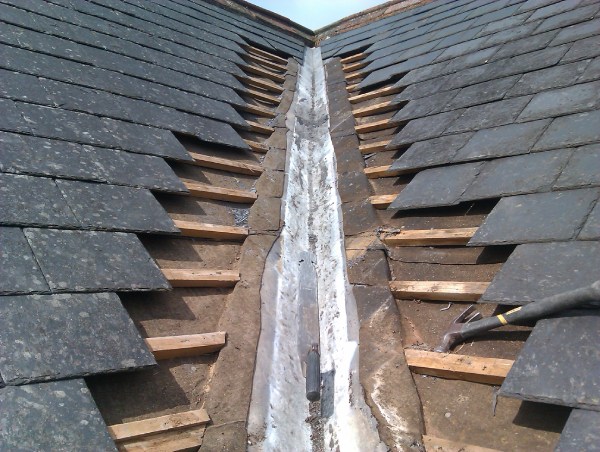Don’t Wait Until It’s Too Late: Protect Your Roof Today. 6 Clear Indicators Its Time to Fix Your Roof.
Your roof is one of the most vital parts of your home, shielding you from rain, wind, sun, and snow. But no matter how durable it is, every roof wears down with time. By spotting problems early, you can prevent serious damage and avoid the high costs of emergency repairs.
That’s why it’s important to pay attention to the 6 Clear Indicators Its Time to Fix Your Roof.
Click below to get started.
If you’ve noticed anything unusual—whether it’s leaks, discoloration, or loose shingles—it may be time to schedule a closer inspection. These six signs will help you know when your roof needs immediate attention.
6 Clear Indicators Its Time to Fix Your Roof
Even the strongest roofs aren’t designed to last forever. For instance, asphalt shingles typically last less than 30 years, while stronger materials such as slate, copper, or concrete may hold up for half a century or longer.
Roof lifespan depends on many factors—like installation quality, climate, and maintenance. According to Pennsylvania contractor Beth Allen, the key is to stay proactive. Regular upkeep and early detection of minor issues can help you avoid a full replacement before it’s necessary.
She advises homeowners to do a quick inspection twice a year, especially after storms, and to schedule a professional roof check every three years. Since climbing a roof can be dangerous, she recommends leaving that to the pros or using safer alternatives like drones.
Here are some of the warning signs you can spot on your own—either from inside your home or from a ladder.
1. Interior Warning Signs
Start with your attic or top floor. Look for:
- Water stains on ceilings or walls
- Mold or mildew
- Damp or rotting wood
These can be strong indicators that your roof is leaking.
2. Damaged or Missing Shingles
Your shingles should sit flat and intact. If you notice curling, cracking, or missing sections, your roof’s protective barrier is compromised.
- Replace damaged or missing shingles immediately.
- Check your gutters for shingle granules, which point to wear.
- Keep an eye out for ice dams in winter, which can push shingles loose and damage plywood underneath. Proper attic insulation helps prevent this.
3. Faulty Flashing
Chimneys, skylights, and vents are common leak points. Look for gaps, cracks, or loose flashing in these areas.
Older homes often used roof cement for flashing, which doesn’t last. Modern metal flashing is far more reliable. If yours looks worn, consider having it replaced.
4. Moss, Algae, or Mold Growth
Dark streaks on your roof may be algae, while thick patches of moss usually mean trapped moisture.
- Algae can often be cleaned with a gentle bleach-and-water rinse.
- Avoid high-pressure washing—it strips protective granules.
- Heavy moss or fungus could point to underlying water damage, so consult a roofing professional before scrubbing it off.
5. Standing Water
Flat roofs are particularly prone to ponding, where water collects after rainfall.
If puddles remain for more than 48 hours, it’s a sign of drainage problems that can lead to rot and structural damage. Contact a roofing contractor right away if you notice water pooling.
6. Sagging Sections
A sagging roofline is a red flag, especially in older homes built with rafters. This issue may stem from hidden moisture damage and, if left untreated, can result in roof collapse.
In most cases, sagging requires a full replacement. Homeowners in snowy regions should repair sagging areas quickly—before heavy snow makes the situation worse.
Final Thoughts
Routine roof care is essential for keeping your home safe and avoiding major repair bills. If you’ve seen any of the 6 Clear Indicators Its Time to Fix Your Roof, don’t wait for the damage to spread.
Call a trusted roofing contractor as soon as possible to assess the issue and keep your home secure for years to come.
Learn more on the “6 Clear Signs It Is Time to Repair Your Roof.”










